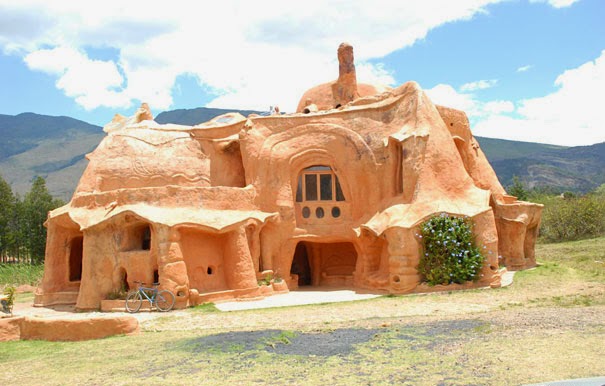Lake Baikal
Lake Baikal
Lake Baikal is a rift lake located in the south of
the largest by volume in the world, largest by surface area in Asia, clearest
and the deepest in the world and is the largest storage of surface freshwater
in the world containing almost 20% of the total surface freshwater in the
world. The lake is 636 km long, 79 km wide and 1642 meter deep being the
deepest freshwater lake in the world. The lake was formed when a rift was
formed by the moving apart of tectonic plates. The lake is supposed to be
around 25 million years old, still expanding at the rate of 2 cm per year. The
bottom of the lake is 1186.5 meter below the sea level, below which, there is 7
km thick sediment. Hence the actual depth of the rift floor comes to be more
than 8 km, making it the deepest continental rift in the world.
The lake is divided into three basins, North Central
and South of Russian region of Siberia. There are 27 islands in the lake and
the lake was misunderstood to be a sea in ancient times. Though the lake is too
deep, it is equally oxygenated at all depths. Various rivers pour water into
the lake and Angara River is the single outlet of the water of lake. The
average temperature of the region ranges from -190C to 140C
and the lake is mostly frozen in winters. The ice of the lake is thick enough
to support snowmobiles, and can be crossed on foot.
About 1770 plant and animal species are found in the
lake, of which 80% are endemic. The Baikal seal (one of the only three
freshwater seal species of the world) is not found anywhere else in the world
else the Lake Baikal.
Lake Baikal is a World Heritage Site and is one of
the ‘Seven Wonders of the Underwater
World’.
Credits: Image Source- Google Images










Comments
Post a Comment